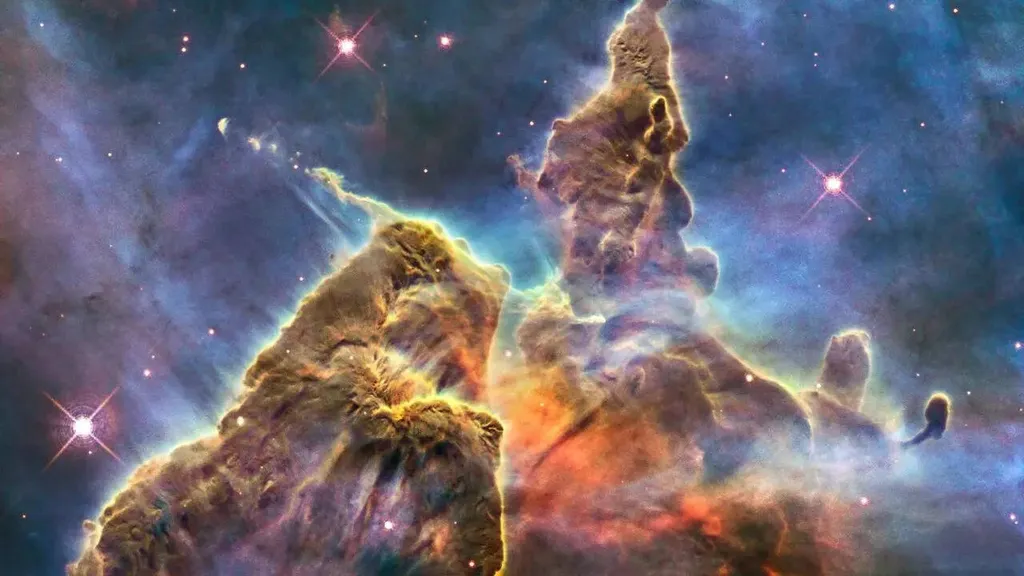Researchers from the Federal University of Rio Grande do Norte in Brazil have published a study that could help improve our understanding of the interactions between certain types of stars and their surrounding nebulae. The research, led by L. V. Da Conceição, W. LF. Marcolino, and V. Maria, focuses on the ionizing radiation of Wolf-Rayet (WR) stars, which are central to planetary nebulae (PNe).
The study addresses a significant gap in current astrophysical models, which often use simplified approximations like blackbody (bb) or plane-parallel (p-p) atmospheres to describe the radiation field of central stars of planetary nebulae. These approximations can lead to inaccuracies, particularly when the central star is a Wolf-Rayet ([WR]) type. [WR] stars are characterized by their hydrogen deficiency and intense stellar winds, similar to classical massive WR stars. The researchers aimed to assess the impact of these stellar winds on the nebula-star interaction by comparing sophisticated NLTE expanding atmosphere models with the more common bb and p-p models.
The researchers selected a range of [WR] NLTE expanding-atmosphere models spanning different temperatures and mass-loss rates. They compared these models with bb and p-p models to examine differences in the spectral energy distribution and ionizing photon fluxes for hydrogen (H I), helium (He I), and ionized helium (He II). The study found that for temperatures below 100,000 K, the extreme ultraviolet (EUV) spectrum differed strongly among the three model types. Stellar winds introduced substantial opacity, significantly reducing the ionizing flux for He II relative to no-wind models. For hotter [WR] stars, the effects of stellar winds on ionizing fluxes were much smaller.
Using the CLOUDY photoionization code, the researchers evaluated how each ionizing source affected predicted line ratios for a sample of PNe with [WR] nuclei. They measured model performance through the root mean square (rms) deviation between observed and predicted ratios. The results showed that for nebulae hosting late-type [WR] stars, models including winds provided much better agreement with observed line ratios than bb or p-p models. However, for early-type stars, the choice of ionizing source had only a minor influence.
The study concludes that bb and p-p approximations should be avoided when modeling PNe with [WR] central stars, especially those of the [WCL] subtype. These simplified models fail to reproduce the strong wind-modified ionizing spectra, which can lead to significant inaccuracies in understanding the physical conditions of planetary nebulae. The research was published in the Monthly Notices of the Royal Astronomical Society.
While this research is primarily astrophysical in nature, it has potential implications for the energy sector, particularly in the field of nuclear fusion. Understanding the interactions between ionizing radiation and matter can help improve models of plasma behavior, which is crucial for developing and optimizing fusion reactors. The study’s findings could contribute to more accurate simulations of plasma conditions, ultimately aiding in the design and operation of fusion energy systems.
This article is based on research available at arXiv.

